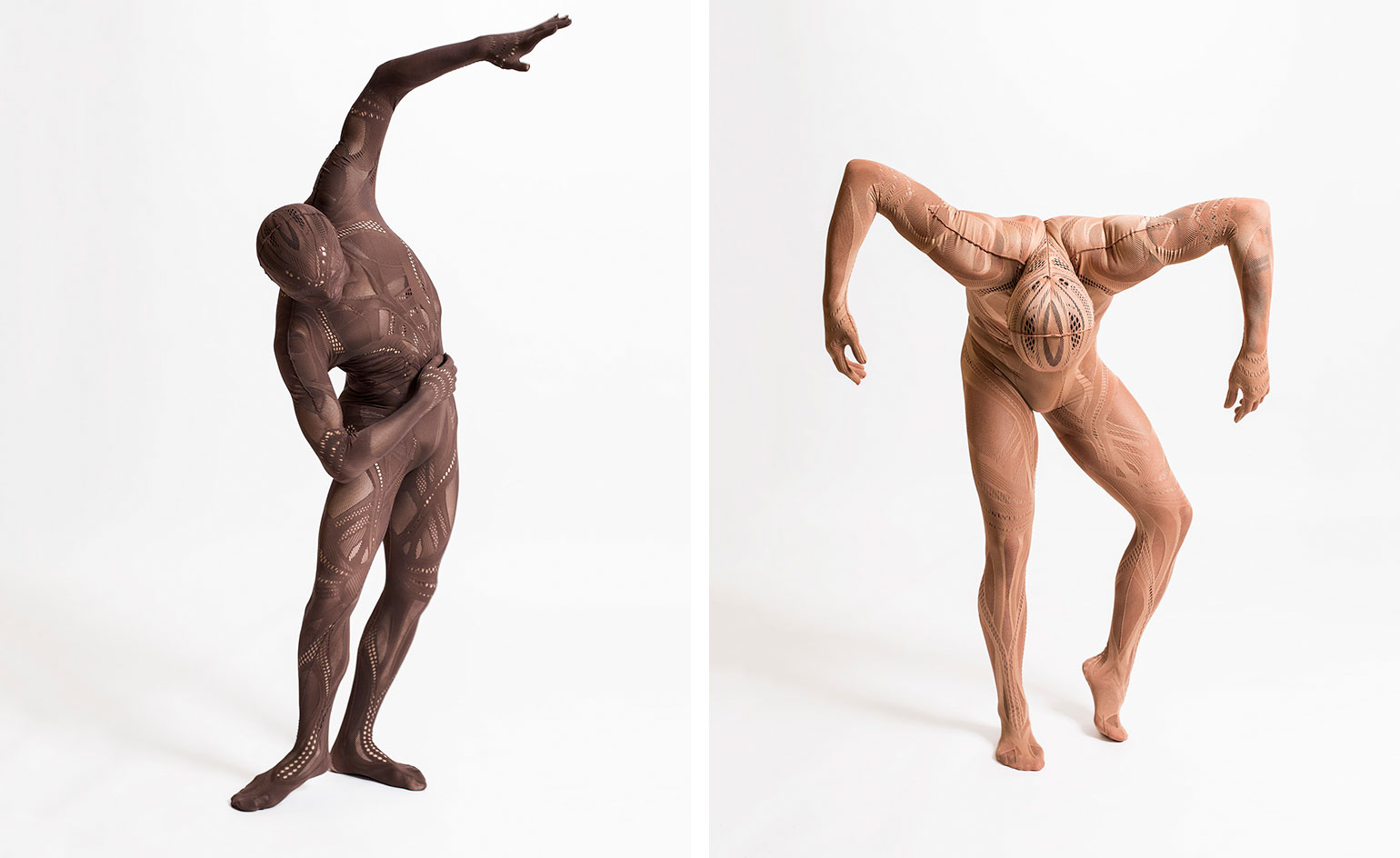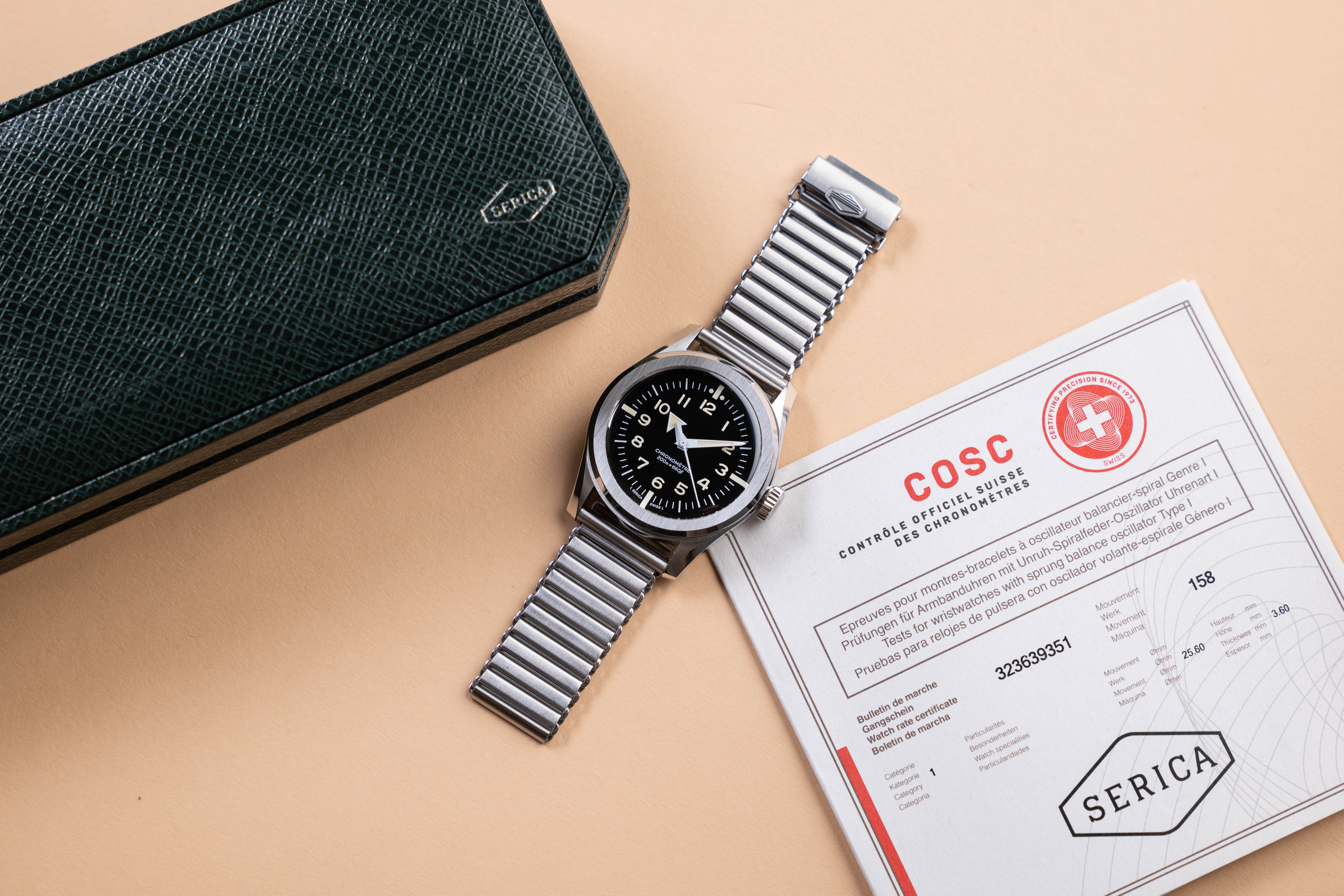Exploring digital couture with avant-garde Japanese brand Somarta

The avant-garde designs of the Japanese fashion label Somarta might appear futuristic, but many of its concepts are surprisingly rooted in primitive and natural sources of inspiration that have then been taken to the next level using new technology.
Speaking during Brainstorm Design this week, Somarta’s creative director Tamae Hirokawa revealed how her unique creations actually draw from a range of influences that includes Victorian illustrations of human anatomy, tribal dress and other adornments on the skin, like tattoos and henna designs.

Fortune writer and Brainstorm Design senior advisor Michiyo Nakamoto speaking with Somarta creative director and designer Tamae Hirokawa at the Brainstorm Design conference 2019.
Of all Somarta’s designs, Hirokawa is probably best known for her Second Skin series – a range of biophillic knitwear that hugs and mimics the musculature of the body, which was featured amongst other collectible fashion pieces in MoMA’s 2017 exhibition, ‘Items: Is Fashion Modern?’
Inspired by the universal desire to adorn the skin with embellishments, which dates from ancient to contemporary times, Hirokawa experimented with the notions of light and shadow to create her iconic pieces that range from bodysuits and tights to gloves and stockings. Made possible by incorporating new manufacturing technology with digital programming, the Skin Series combines a high density knitting method with a non-sewing technology that allows interior structures and patterns to be created.

‘The pieces are completely seamless,’ explains Hirokawa, who was responsible for knitwear at Issey Miyake prior to starting her label. ‘Based on the body’s structure, we design a knitting structure that looks lighter in certain areas and darker and more dense in others. It’s almost like applying make-up to articulate and emphasise the body’s muscle structure.’
The philosophy has also been applied to less fitted pieces, such as dresses and jackets, where patterns and designs are woven directly into the cloth and then seamlessly assembled to enhance the fit on the body.
‘I actually combined two methodologies – Western and Japanese – to create these pieces. Traditional kimonos are constructed completed from laying fabrics out flat, while western garments are cut from patterns. In this Skin Series, the interior and exterior pieces of each garment are created together. Same with pockets, which we programme the machine to craft them simultaneously. They are completely united.’
While this may all sound very complicated, Hirokawa states that her methods are in fact rather simple. ‘We use a wooden punch card alongside other coding to create variations in the knitting process,’ she reveals.
Receive our daily digest of inspiration, escapism and design stories from around the world direct to your inbox.
Pei-Ru Keh is a former US Editor at Wallpaper*. Born and raised in Singapore, she has been a New Yorker since 2013. Pei-Ru held various titles at Wallpaper* between 2007 and 2023. She reports on design, tech, art, architecture, fashion, beauty and lifestyle happenings in the United States, both in print and digitally. Pei-Ru took a key role in championing diversity and representation within Wallpaper's content pillars, actively seeking out stories that reflect a wide range of perspectives. She lives in Brooklyn with her husband and two children, and is currently learning how to drive.
-
 Deep dive into Carlos H Matos' boundary-pushing architecture practice in Mexico
Deep dive into Carlos H Matos' boundary-pushing architecture practice in MexicoMexican architect Carlos H Matos' designs balance the organic and geometric, figurative and abstract, primitive and futuristic
-
 Click to buy: how will we buy watches in 2026?
Click to buy: how will we buy watches in 2026?Time was when a watch was bought only in a shop - the trying on was all part of the 'white glove' sales experience. But can the watch industry really put off the digital world any longer?
-
 Don't miss these art exhibitions to see in January
Don't miss these art exhibitions to see in JanuaryStart the year with an inspiring dose of culture - here are the best things to see in January
